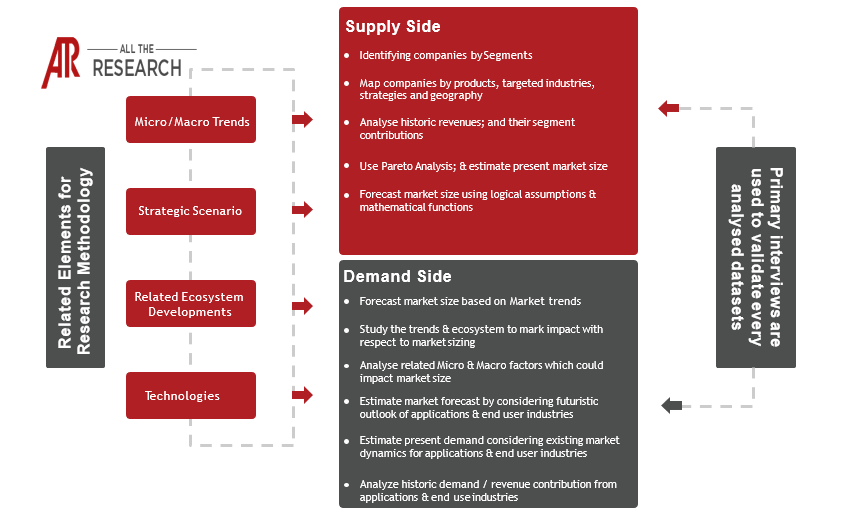The personalized medicine market for rare diseases is experiencing a period of rapid growth and transformation, driven by advancements in genomic technologies, improved diagnostic capabilities, and evolving regulatory landscapes. This market focuses on tailoring medical treatment and diagnostics to the individual characteristics of patients suffering from rare diseases, leading to more effective therapies and improved patient outcomes. Projections indicate a robust Compound Annual Growth Rate (CAGR) fueled by unmet medical needs and a growing emphasis on precision medicine.
Key Market Drivers:
Key Market Challenges:
Key Definitions:
Regulatory Focus:
Regulatory bodies worldwide are increasingly focused on streamlining the approval process for orphan drugs and personalized medicine. Agencies such as the FDA (US), EMA (Europe), and PMDA (Japan) are implementing initiatives to expedite clinical trials, provide guidance on companion diagnostics, and encourage the development of novel therapies.
Major Players:
The personalized medicine market for rare diseases is characterized by a diverse range of players, including pharmaceutical companies, biotechnology firms, diagnostic companies, and technology providers. Key players include:
Regional Trends:
North America and Europe currently dominate the market, driven by robust research and development infrastructure, supportive regulatory environments, and high healthcare spending. However, the Asia-Pacific region is experiencing rapid growth, fueled by increasing healthcare investments, growing patient populations, and the rising prevalence of genetic diseases. Emerging markets are also becoming important areas for growth.
Trends in M&A and Fund Raising:
The personalized medicine market for rare diseases is experiencing increased merger and acquisition (M&A) activity as companies seek to expand their portfolios, acquire innovative technologies, and gain access to specialized expertise. Additionally, funding is increasing through venture capital investments, private equity, and public offerings as investors recognize the growth potential of this market.
The Report Segments the market to include:
Disease Type
Therapeutic Area
Technology
End-User
Region

Ask for free product review call with the author

Share your specific research requirements for a customized report

Request for due diligence and consumer centric studies

Request for study updates, segment specific and country level reports
Positive Trends:
Adverse Trends:
Disease Type
Therapeutic Area
Technology
End-User
Region
Precision Medicine World Conference (PMWC): (Dates Vary Annually - typically Q1). Focuses on advancements in precision medicine, including rare diseases. Covers diagnostics, therapeutics, and implementation.
Rare Disease Day: (February 28th annually). Global awareness campaign with numerous events and webinars organized by patient advocacy groups and researchers worldwide.
World Orphan Drug Congress: (Dates Vary Annually - typically Q2). Focuses on the development and commercialization of orphan drugs, including clinical trials, market access, and patient advocacy.
European Conference on Rare Diseases & Orphan Products (ECRD): (Dates Vary Annually - typically Q2). Organized by EURORDIS, this conference addresses policy, research, and patient perspectives on rare diseases.
American Society of Human Genetics (ASHG) Annual Meeting: (Dates Vary Annually - typically Q4). Presents cutting-edge research in genetics and genomics, with relevant content on rare disease diagnostics and therapies.
Drug Discovery and Development of Rare Diseases Conference: (Dates Vary Annually - typically Q4). Focuses on the latest advancements in drug discovery, clinical development and regulatory landscape of rare diseases.
Rare Disease Innovation Summit: (Dates Vary Annually - typically Q4). Discusses innovations in treatments, diagnostic tools, and patient-centric approaches.
